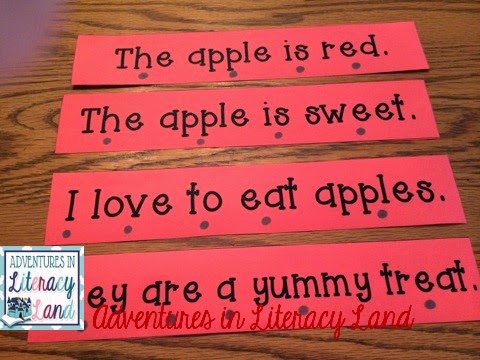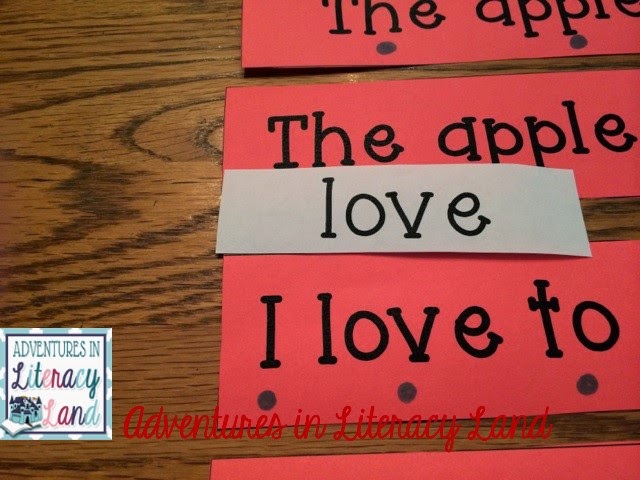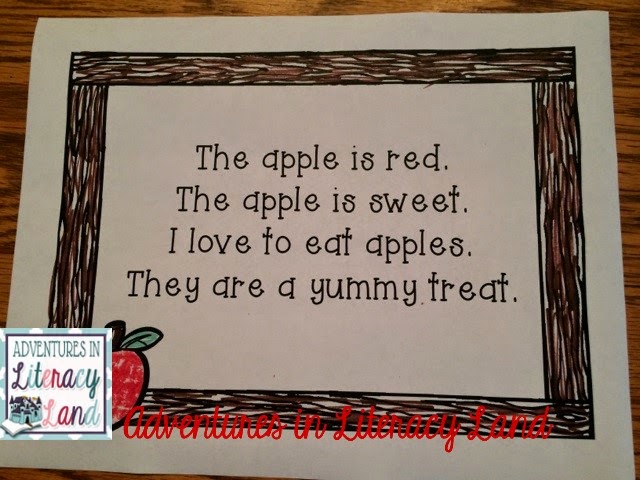
Last month, I shared with you how to organize a great library. I shared with you how to sort your books, label them, and make it student friendly. You can check out that post here!
Today, I am showing you the (almost) finished product!
Doesn't it look so organized and pretty?? I am sure that it will not stay this way for long.
So, as you can see, I have my baskets sorted by interest. I put picture labels on the outside of the tubs so that students can easily see what is inside of the basket. Each book also contains the same picture label inside the front cover. This way students can easily put away the books in the correct basket.
I have two dark blue baskets on top of my bookshelf. One holds my whisper phones, always available for students to use. The other is a return basket. This is where students will return their books. Then the ONE person that is the class librarian helper will return them to the correct basket at the end of the day.
The white book boxes came from IKEA. This is my first time ordering them, but for as inexpensive as they were, I would definitely say they are worth it!! Each student will have a book box. They get to choose 3 books per week to keep in their box to read. Students may NOT choose books from the library throughout the rest of the week. This saves on time and organization! Of the three books that students choose, two of those books must be within their assigned reading level. You can check out the reading level stickers that I use on the previous post. The third book is purely for their interest!
See my fun reading tree? It was easily made with a carpet roll (any carpet store will give you an empty one!) and an umbrella that I pulled the fabric off of. I folded my big green leaves over the skeleton of the umbrella and glued it. Easy Peasy! As we do read alouds together, we like to hang images of the book cover from the "vines" and leaves!
Plus, every great reading corner needs to be welcoming and comfortable! It needs to be appealing to students so that they will WANT to read there. Pillows, rugs, colors....all of it makes it comfy and homey!
Now it is your turn! Share with us pictures of your great library and link up below! We want to see them!
































